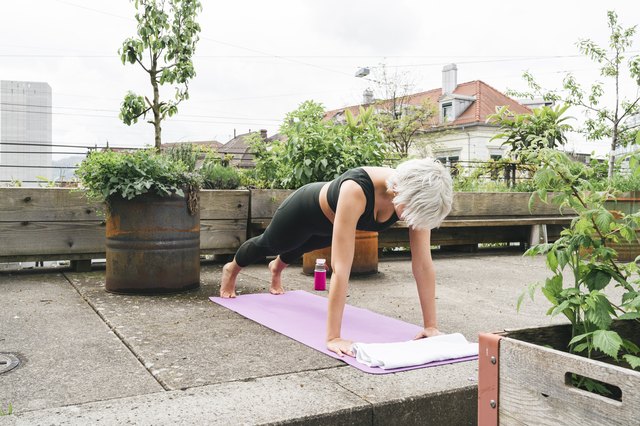

Breathe out and gently arch spine upwardsĤ. Lie with your knees bent and feet on floorģ. They can be performed daily, on a bed or thick mat at home, so long as you are well Exercise 1: Pelvic tiltġ. The exercises in this article have been adapted from the Colostomy Association 2 You don’t need to go to the gym if you don’t want to, as these exercises can be done lying on a bed or a thick mat or sitting in a chair. If you kept fit before surgery, you may find you can resume your usual exercise regime sooner than the usual 12 weeks, but do speak to your consultant or stoma care nurse first. The exercises don’t need to be strenuous, and for 12 weeks after surgery you should not be lifting any heavy weights or doing anything strenuous. These can be performed straight after surgery. There are some simple and gentle exercises designed to strengthen the core abdominal muscles and prevent a parastomal hernia from forming. Exercising can improve the relief of back pain and help maintain good posture, which may help to prevent hernia formation.Ī number of physical activities can help build and maintain strong core muscles People who exercise tend to sleep better, have stronger bones and experience less stress and depression. It can also improve body confidence, and many kinds of exercise are social and offer avenues to meet people. Keeping to a healthy bodyweight also reduces the risk of a hernia, along with many other serious health conditions. After surgery, being active helps to speed up recovery, and patients are encouraged to exercise to get back to normal. The abdominal muscles should not only be supported, they should be strengthened with exercise. If you have to lift something, bend your knees and keep your back straight Stoma care nurses are able to advise, and a detailed guide is available in the Spring 2018 issue of Stoma Tips. It is always worth wearing these when doing anything strenuous, such as exercise, shopping and housework. There is a wide range of support garments that hold the muscles in place.

Lifting heavy objects should be avoided, but if it’s necessary, make sure to lift with the right posture. When coughing or sneezing, try to support abdomen with the arms or a rolled-up towel. This involves avoiding any unnecessary strain and making sure the muscles are supported when they are being used. There are a few strategies to reduce your risk of developing a hernia, or to prevent an existing hernia from getting bigger. Although there are some risk factors that make a hernia even more likely, all ostomates are at a high risk if they don’t take the right precautions. Parastomal hernias are a common problem for people with a stoma, causing a degree of discomfort and inconvenience.
#Core yoga exercises skin
If the surrounding muscle is not sufficiently strengthened and supported, a loop of bowel may protrude though the muscle and form a lump under the skin around the stoma. During abdominal surgery to create a stoma, an incision is made into the abdominal wall and muscle to allow the bowel to be brought to the surface of the abdomen.


 0 kommentar(er)
0 kommentar(er)
